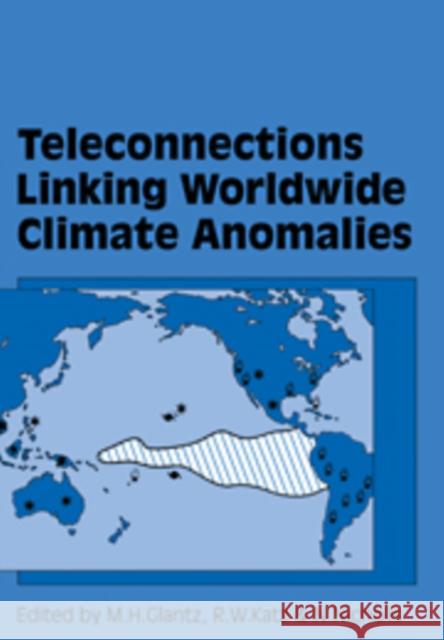Teleconnections Linking Worldwide Climate Anomalies » książka
topmenu
Teleconnections Linking Worldwide Climate Anomalies
ISBN-13: 9780521364751 / Angielski / Twarda / 1991 / 548 str.
Teleconnections Linking Worldwide Climate Anomalies
ISBN-13: 9780521364751 / Angielski / Twarda / 1991 / 548 str.
cena 628,87
(netto: 598,92 VAT: 5%)
Najniższa cena z 30 dni: 623,76
(netto: 598,92 VAT: 5%)
Najniższa cena z 30 dni: 623,76
Termin realizacji zamówienia:
ok. 22 dni roboczych.
ok. 22 dni roboczych.
Darmowa dostawa!
The editors of this 1991 volume brought together contributions from experts in the field of teleconnections.











